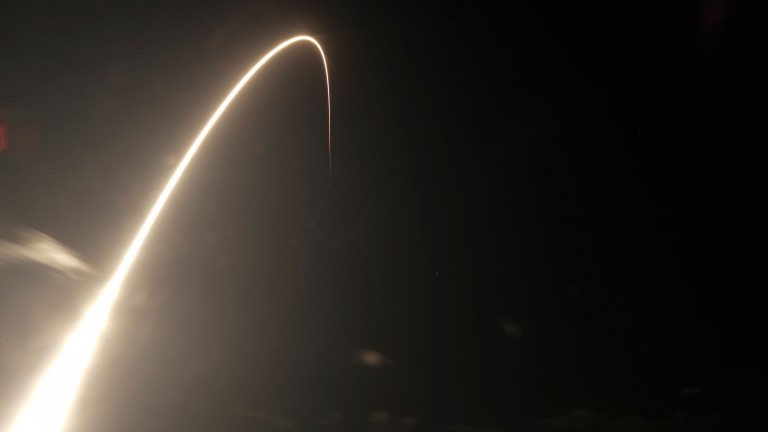A video of the satellites in the night sky looked spectacular, but there are fears their visibility could interfere with science.
The news: On May 23, SpaceX launched the first 60 satellites of its internet constellation, Starlink. They will form the backbone of a global broadband internet network in low Earth orbit (LEO). Eventually, the firm wants to launch nearly 12,000 satellites.
Sci-fi scenes: On May 25, a video taken by satellite tracker Marco Langbroek showed the 60 satellites in a “train” as they passed through the night sky (although they will separate over time). Even though they will only be visible at dusk and dawn, rather than at night, they were far brighter than expected, probably thanks to large solar arrays that are reflecting sunlight back to Earth.
Fears: Many astronomers raised fears that they will interfere with visual observations and even radio astronomy. One, Alex Parker, suggested that there could eventually be more Starlink satellites visible to the naked eye than stars. “Imagine the outcry at similar desecration of a terrestrial environment,” said Robert Massey, deputy director of the Royal Astronomical Society. Ronald Drimmel from the Turin Astrophysical Observatory in Italy told Forbes: "Starlink, and other mega constellations, would ruin the sky for everyone on the planet."
Musk’s response: Musk was initially defensive and said the constellation would not affect observations at all, adding that “potentially helping billions of economically disadvantaged people is the greater good.” But he later tweeted that he had asked the Starlink team to look at ways of reducing the reflectivity of the satellites—and even suggested that he might be interested in putting a telescope into orbit.

